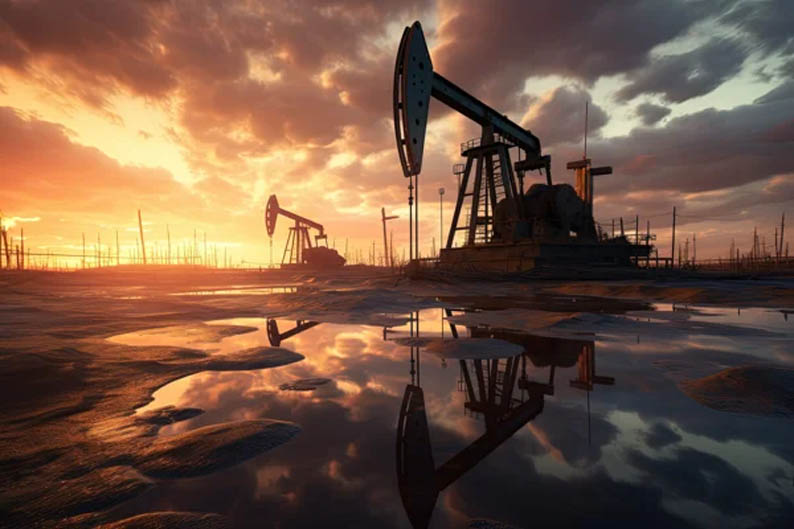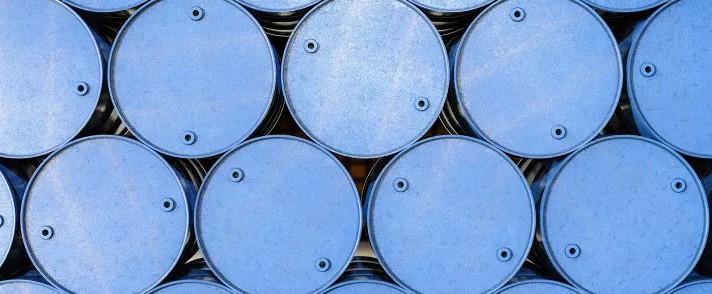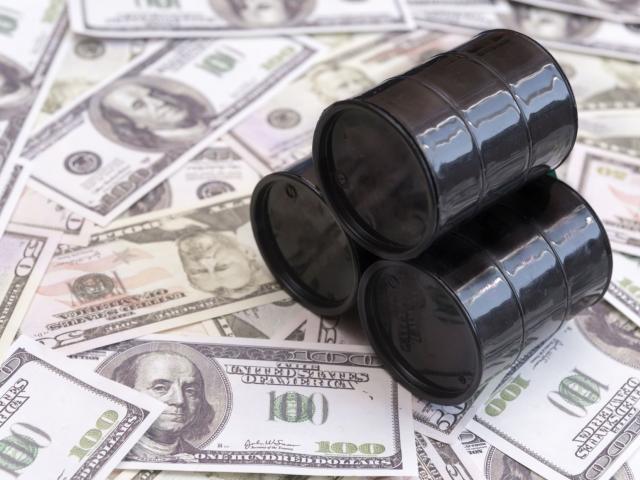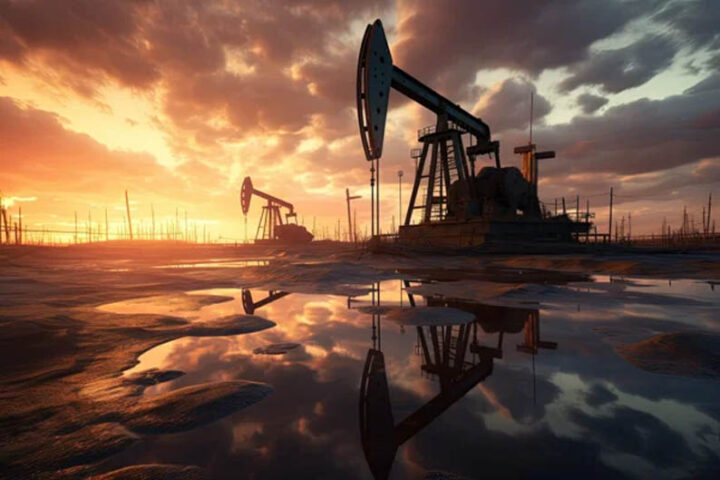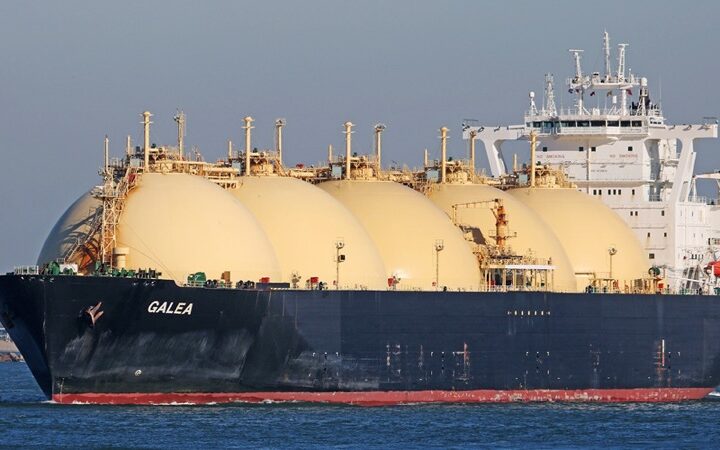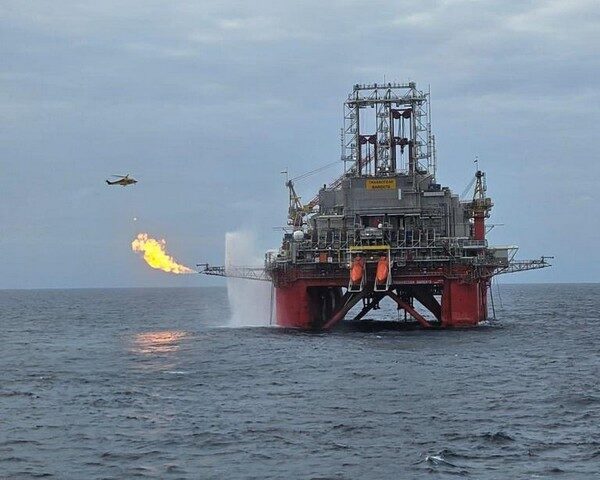The Israel-Iran war has been at the centre of world attention for the past few weeks, with Donald Trump demanding Tehran’s ‘complete surrender’ by June 17, after which he ordered the bombing of Iran’s nuclear facilities, followed by a fragile ceasefire.
Initially, the war had limited impact on the price of oil. But as war rhetoric increased, the benchmark Brent and WTI crudes saw some volatility, with calm returning later.
President Trump escalated his rhetoric toward Iran, calling for unconditional surrender and saying he wouldn’t target the country’s leader “for now.” The price of oil climbed, but not too fast, with Brent peaking at $77/b, before stabilising in the $66-69 range.
Intelligence reports suggested that US airstrikes did not deliver a knockout blow to Iran’s underground nuclear infrastructure. And, despite satellite imagery showing surface damage at sites like Fordow and Natanz, there was no confirmation that Iran’s most heavily protected facilities were breached.
The attacks so far suggest that apart from neutralising Tehran’s nuclear capability, Israel is attempting to weaken and disrupt Iran’s domestic gas and fuel supply chains to cause shortages, rather than pursuing the country’s oil and gas production or exports, which would rock the markets.
But the future engagement of the US in the Middle East still remains uncertain after President Trump said on June 19 that, “based on the fact that there’s a substantial chance of negotiations that may or may not take place with Iran in the near future, I will make my decision whether within the next two weeks.”
There were strikes on at least two Iranian gas processing plants and two fuel depots and one power plant in Israel, but none on oil production and export facilities.
Major disruption to be contained
The markets consider that the effects of anything short of a major disruption in Middle Eastern output are likely to be contained.
With the exception of Russia’s invasion of Ukraine, the big swings in the price of oil since the turn of the millennium have been driven by broader geoeconomic trends, not geopolitical ones. So does this one… so far.
OPEC+ and Saudi Arabia raised oil output before Israel’s attack on Iran. But cartel politics were the more likely reason for the increase, rather than anticipation of the war.
Iranian officials told the New York Times that their country would start to place mines in the Strait of Hormuz if the US joined the war. So far, missile strikes on refineries have not significantly moved oil, but this could.
Iranian state television has announced that a full closure of the Strait of Hormuz could be imminent. Any hint of disruption at the Strait will impact oil price.
About 20% of global oil exports and 20% of global LNG exports pass through the narrow shipping passageway.
The Israel-Iran war is already taking a toll on the oil and gas sector. Before the Israeli and US strikes, Iranian crude and condensate oil exports this week were forecast to reach 102,000 bpd, compared with a weekly average of 1.7mn bpd so far this year.
Tanker firms were pulling back from Gulf routes, even without a Hormuz closure. Freight rates have gone up +20%, war-risk insurance is up $3-8/bbl, and VLCC bookings have plummeted.
Goldman Sachs said that a geopolitical risk premium of about $10 a barrel is justified, given lower Iranian supply and risk of wider disruption that could push Brent crude above $90/b.
Oil supplies to outstrip demand
The IEA forecasts that global oil supplies will outstrip demand this year, despite a Middle East war. It expects production to rise by 1.8 mln b/d in 2025 and demand to remain low, assuming that the second half of the year proceeds similarly to the first – a big assumption.
But according to the IEA, India’s thirst for oil will rise more than that of any other country through to 2030 – by about 1 mln b/d over the next 5 years, compensating for the expected peak in demand in China by 2027.
OPEC says oil demand growth will continue, with no peak in sight. Its Secretary General Haitham Al Ghais warned that “the danger isn’t too much oil, but too little investment”.
In support of this, while global oil investment is set to fall 6% in 2025, the Middle East is going against the tide, expected to take a 20% share of global upstream investment, the highest ever.
Total OPEC+ crude production fell short of the output increase target, rising only 180,000 bpd month-on-month in May, in comparison to a quota increase of 411,000 bpd.
Abu Dhabi’s Adnoc appears to have opted for Australian Santos instead of BP, making a $19 bln bid to take over Santos.
Shell CEO Wael Sawan has laid out his long-term vision amid global energy shifts: “There is a fragmentation of traditional alliances, change in the world order and an imminent impact on the world of energy. We need to set actions for a new reality”.
We are entering into a new age of volatility and oil is adding to it: rising Middle East tensions, soaring global debt, currency dislocation, disrupted trade and a US president determined to remake the global order. All these present risks.
Dr Charles Ellinas, Councilor, Atlantic Council

